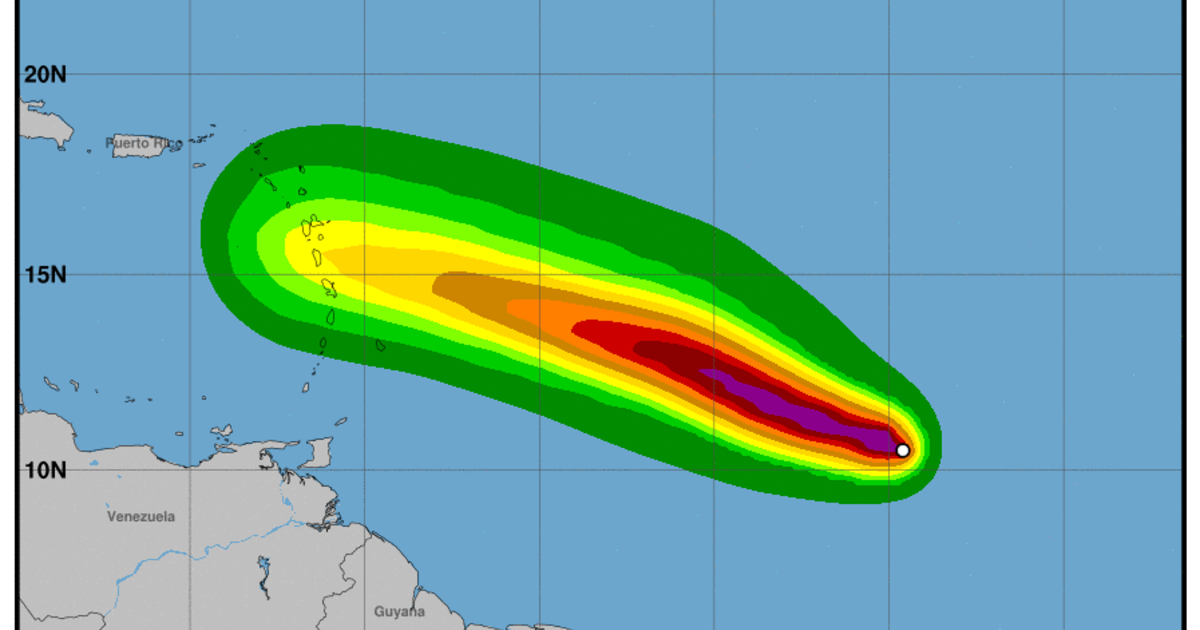Impact on Land: Path Of Hurricane Beryl

Path of hurricane beryl – Hurricane Beryl is predicted to bring significant impacts to coastal areas along its path. The storm’s strong winds and heavy rainfall pose risks of flooding, wind damage, and infrastructure disruptions.
Coastal communities are particularly vulnerable to the storm’s impacts. Low-lying areas are at risk of flooding, especially during high tide. Strong winds can cause significant damage to buildings, trees, and power lines. Infrastructure, such as roads, bridges, and communication systems, can also be disrupted by the storm.
Flooding, Path of hurricane beryl
- Hurricane Beryl is expected to bring heavy rainfall to coastal areas, which could lead to widespread flooding.
- Low-lying areas are particularly vulnerable to flooding, especially during high tide.
- Flooding can cause damage to property and infrastructure, and can also lead to transportation disruptions.
Wind Damage
- Hurricane Beryl’s strong winds can cause significant damage to buildings, trees, and power lines.
- Wind damage can also lead to power outages and disruptions to communication systems.
- Residents in affected areas should take precautions to secure their property and prepare for potential power outages.
Infrastructure Disruptions
- Hurricane Beryl could cause disruptions to infrastructure, such as roads, bridges, and communication systems.
- These disruptions can make it difficult for emergency responders to reach affected areas and can also impact transportation and communication.
- Residents should be prepared for potential infrastructure disruptions and have a plan in place for how to stay informed and connected in the event of an emergency.
Historical Context and Comparisons

Hurricane Beryl is the first major hurricane to make landfall in the United States in 2018. It is also the first hurricane to hit the Florida Panhandle since Hurricane Dennis in 2005.
Beryl is a relatively weak hurricane, with maximum sustained winds of 75 mph. However, it is still expected to cause significant damage, as it is moving slowly and is expected to drop heavy rain.
Comparison to Previous Hurricanes
Beryl is not as strong as some of the other hurricanes that have hit the Florida Panhandle in recent years. For example, Hurricane Michael, which made landfall in 2018, had maximum sustained winds of 155 mph.
However, Beryl is still expected to cause significant damage, as it is moving slowly and is expected to drop heavy rain. The slow movement of the storm will give it more time to cause damage, and the heavy rain could lead to flooding.
Historical Patterns and Trends
There is no clear trend in the number of hurricanes that hit the Florida Panhandle each year. However, there have been some periods of increased activity, such as the 1950s and 1960s.
The intensity of hurricanes has also varied over time. In recent years, there has been an increase in the number of major hurricanes, which are hurricanes with maximum sustained winds of 111 mph or higher.
The increase in the number of major hurricanes is likely due to a number of factors, including rising sea temperatures and changes in atmospheric circulation patterns.
Hurricane Beryl be movin’ through the Atlantic Ocean, bringin’ strong winds and heavy rain. It pass by Barbados, leavin’ some damage in its wake. You can read more about Beryl’s impact on Barbados here. Now, Beryl continuin’ its path towards the Lesser Antilles.
Beryl a head over to Jamaica, giving the island a good drenching. Check out the hurricane beryl jamaica for more info on its impact. After making landfall in Jamaica, Beryl continued on its path, leaving a trail of rain and wind in its wake.